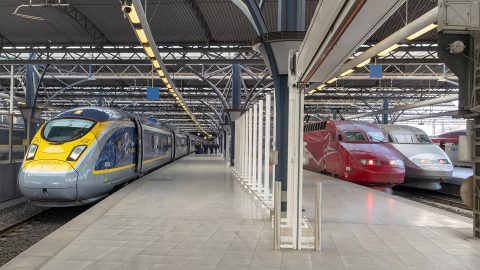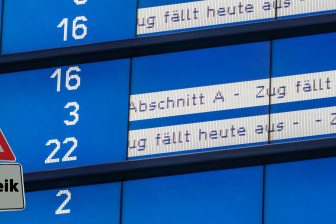
Thalys and Eurostar may merge into one entity
Eurostar, Thalys and TGV trains at Brussel-Zuid station, source: Maarten Otto via Flickr
European cross-border high-speed railway operators Thalys and Eurostar may merge into one entity. By 2030, the combined company will serve 30 million passengers a year and make a significant contribution to the EU’s ‘shift to rail’ policy. The merging project of two operators was called the Green Speed.
Want to read more?
You have read all of your free premium articles for this month. Please become a subscriber to keep reading.
Subscribe now!
Take advantage of our exclusive offer to get full access to all premium content.



